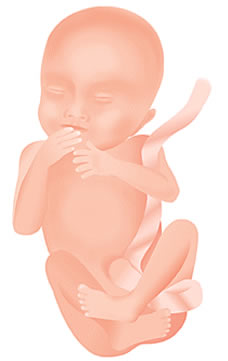Sex Positions Which Promote Conception
 There are some sex positions which increase the chances of conception and then there are of course others which reduce your chances. Lets take a look at which positions will increase your chances and why.
There are some sex positions which increase the chances of conception and then there are of course others which reduce your chances. Lets take a look at which positions will increase your chances and why.
- The Missionary Position Many people believe that the missionary position, with the man on top, offers the best success when trying to fall pregnant and there are a number of reasons for this. This position allows for the deepest penetration during love making which as a result will place the sperm closer to the cervix inside the vagina. There are also some alterations to this, such as the woman placing a pillow underneath her hips in order to maximize the exposure of sperm to the cervix.
- Rear Entry The man enters the female from behind. This position often also allows the sperm to be placed closer to the cervix.
- Lying Side by Side This position is often more relaxing, as there is less strain on either partner. This position is also often better for partners who are either overweight or suffer from back pain.
Positions Which Do NOT Promote Conception
- Experts recommend that you should stay away from any position that may lead to the women being on top or standing as these positions will not allow the sperm to flow as easily to the cervix, as they will be going against gravity.
- There are also some who recommend that the women should stay in bed for up to half an hour after making love with her hips raised. This will allow the sperm more time to travel up the fallopian tubes, added by gravity once again, and towards the fertile egg.
- There is also a myth that the female needs to have an orgasm for conception to take place – this is in fact incorrect. Although there is new research that speculates that the waves which may accompany an orgasm may assist in moving the sperm closer to the cervix and up the fallopian tubes, it is not a must for the female to orgasm.
Sex Positions & Conception


